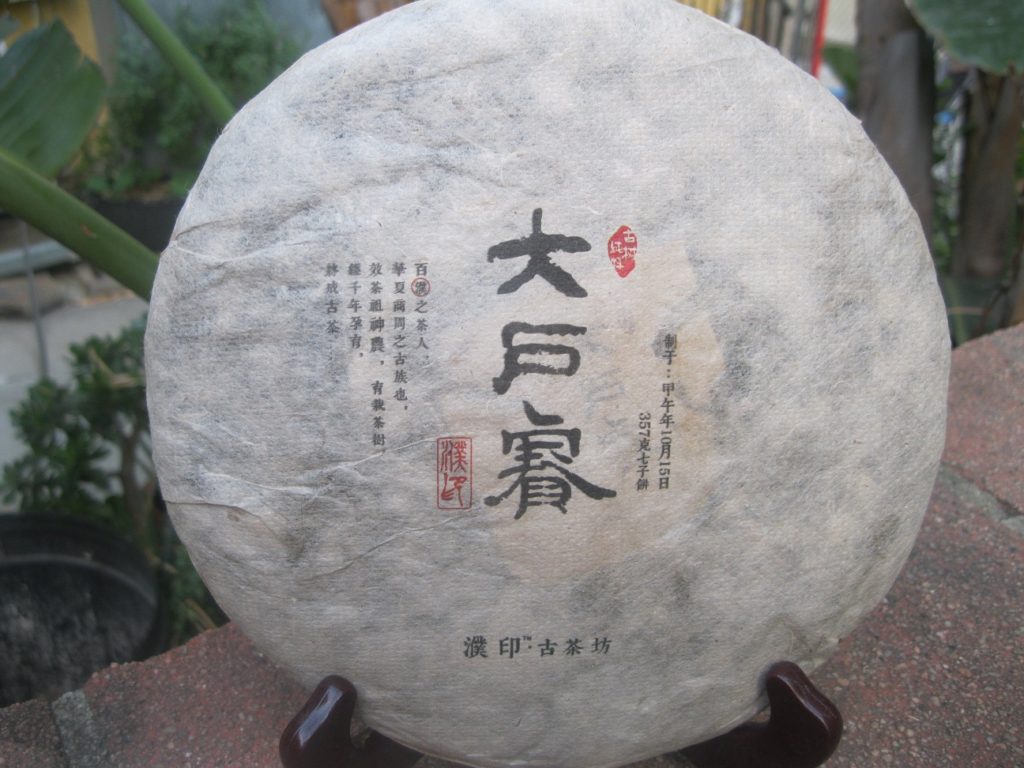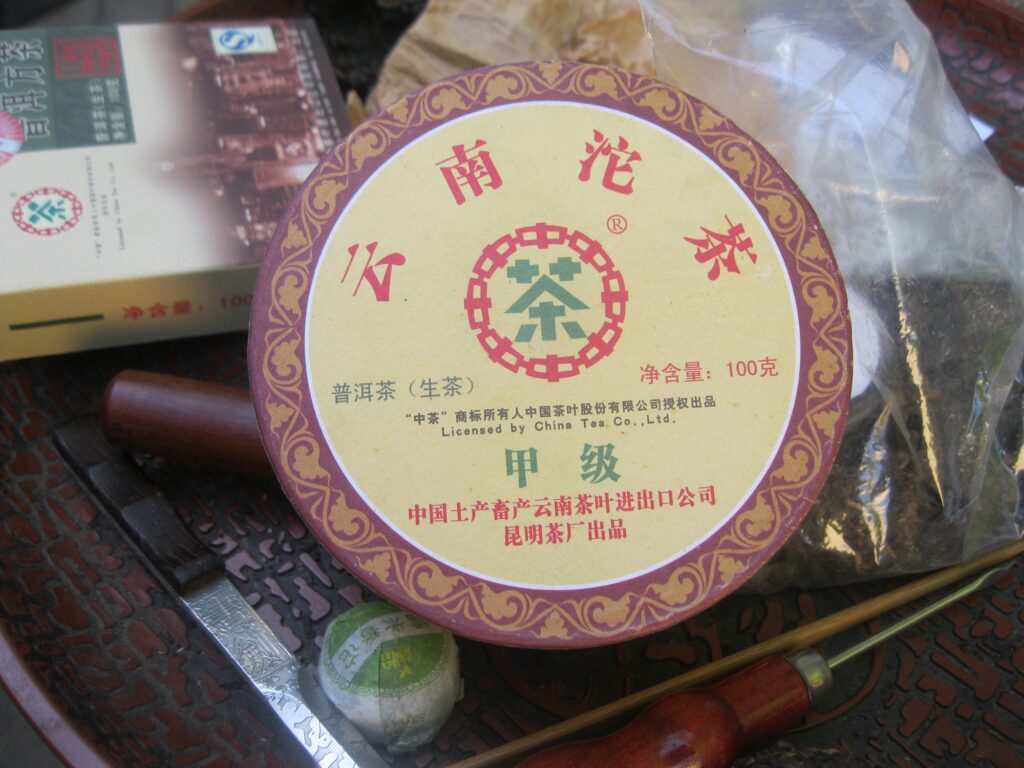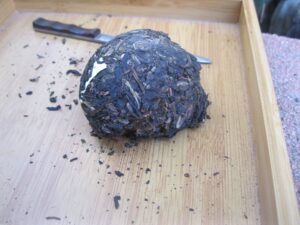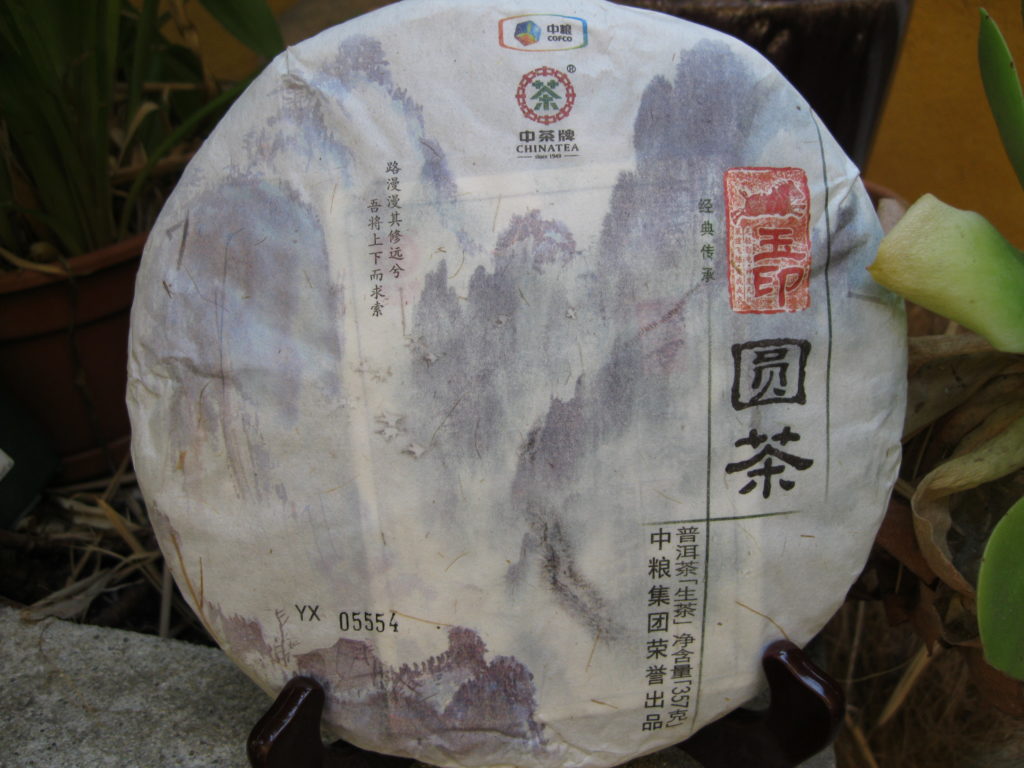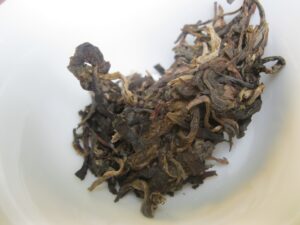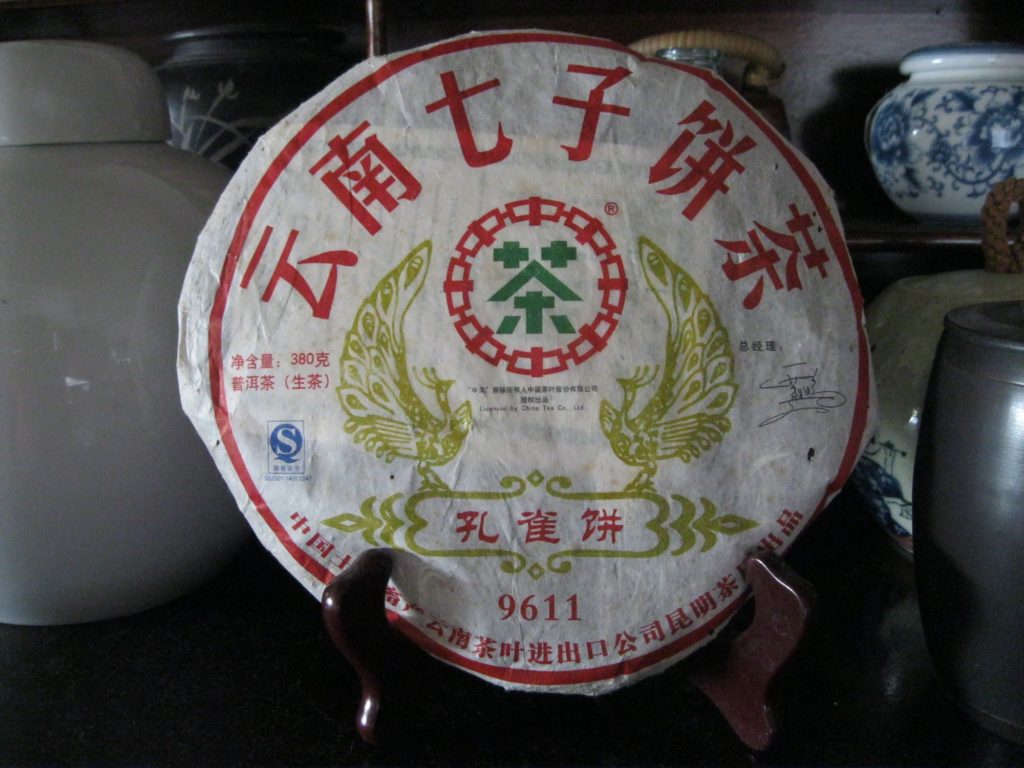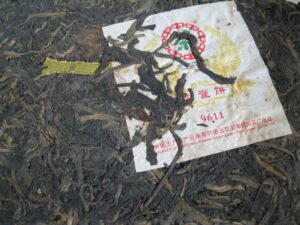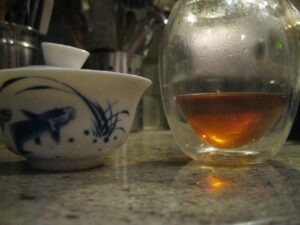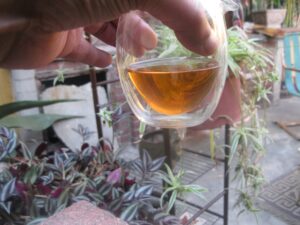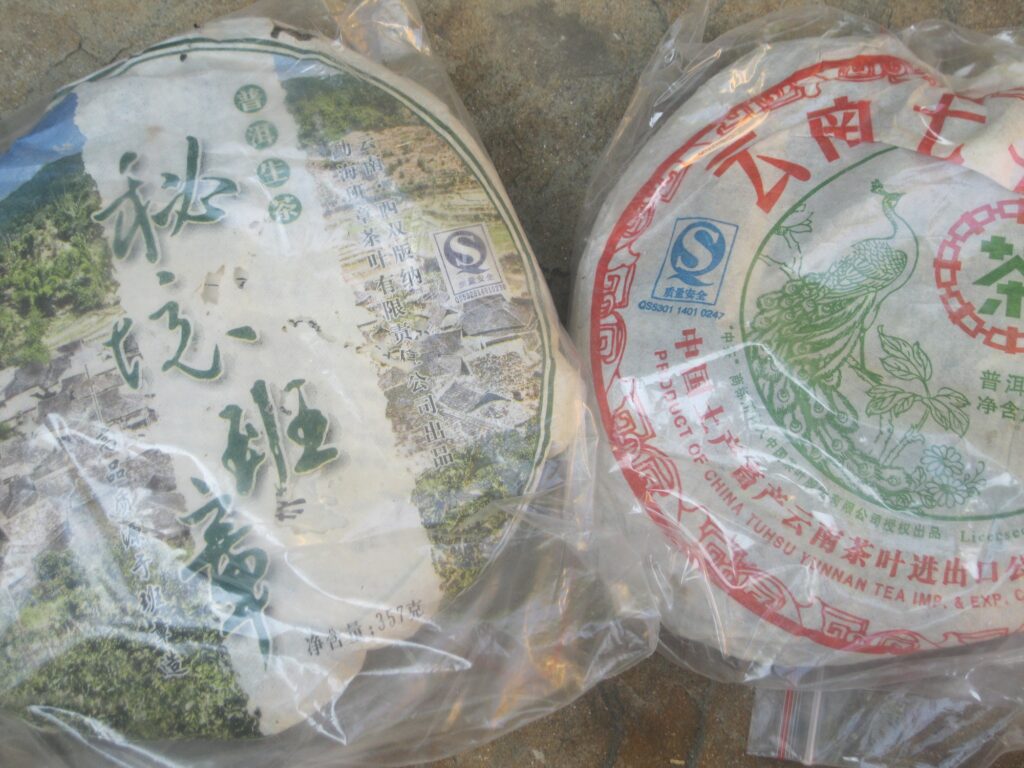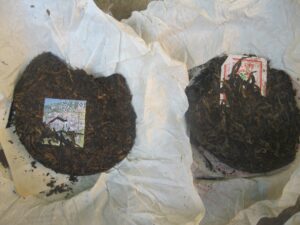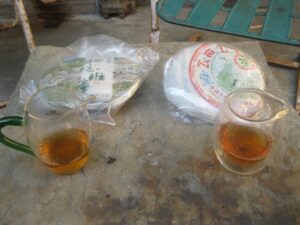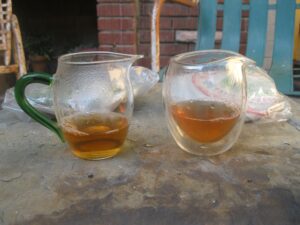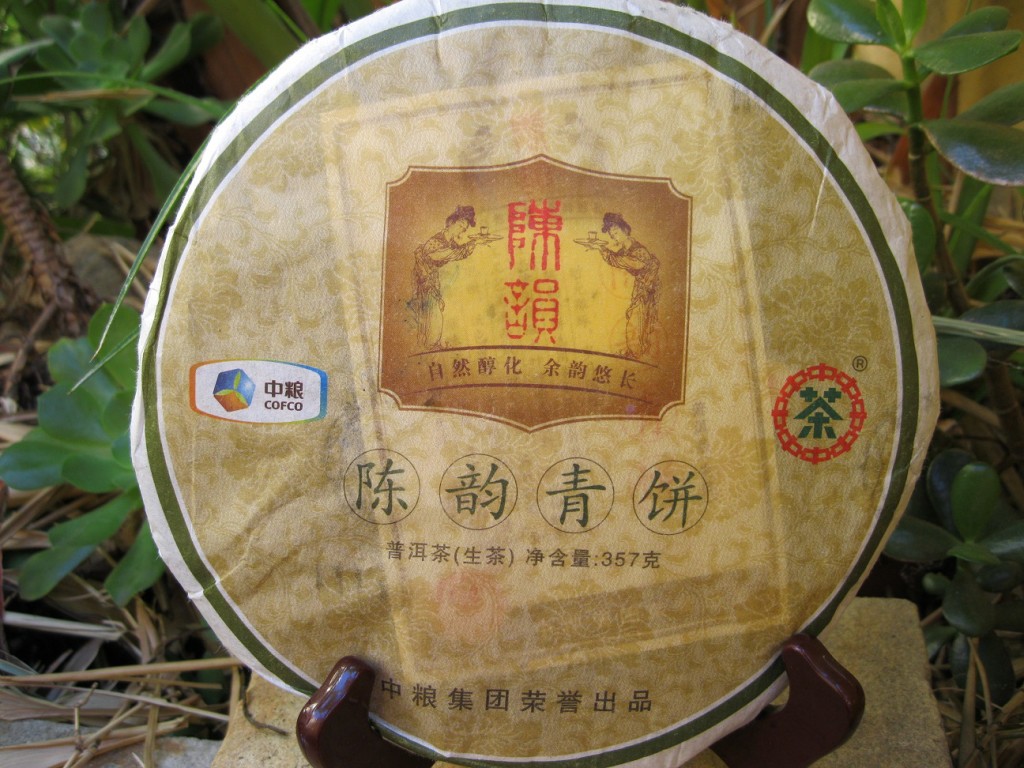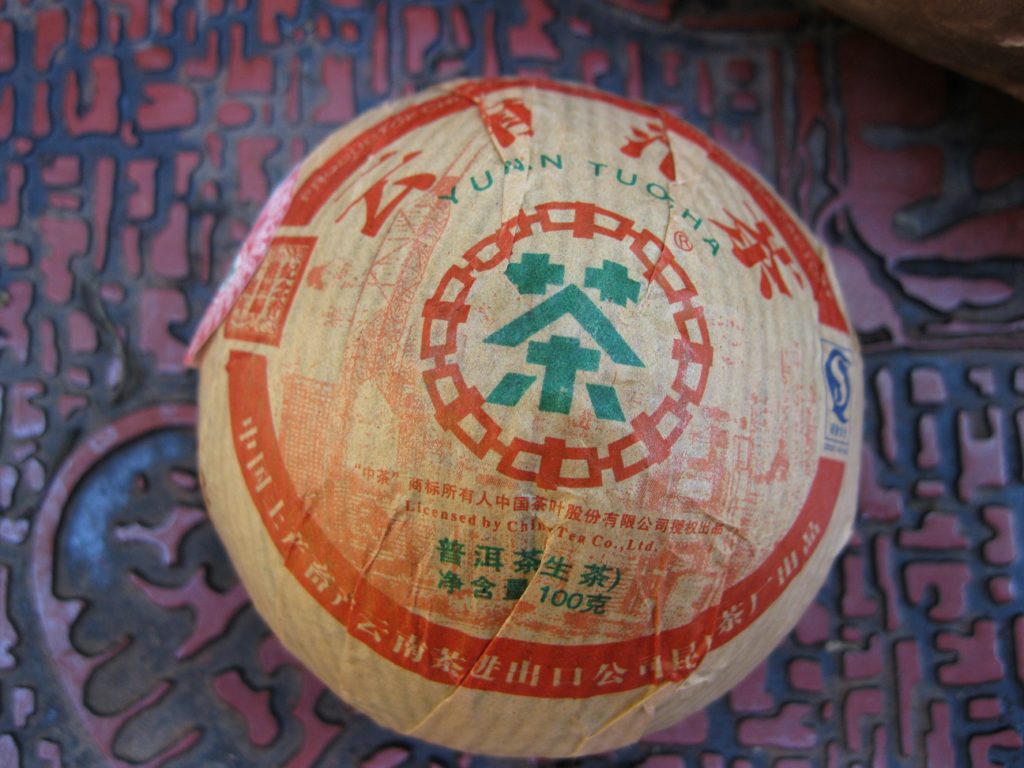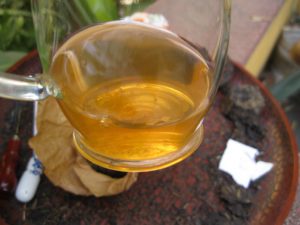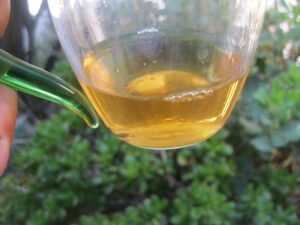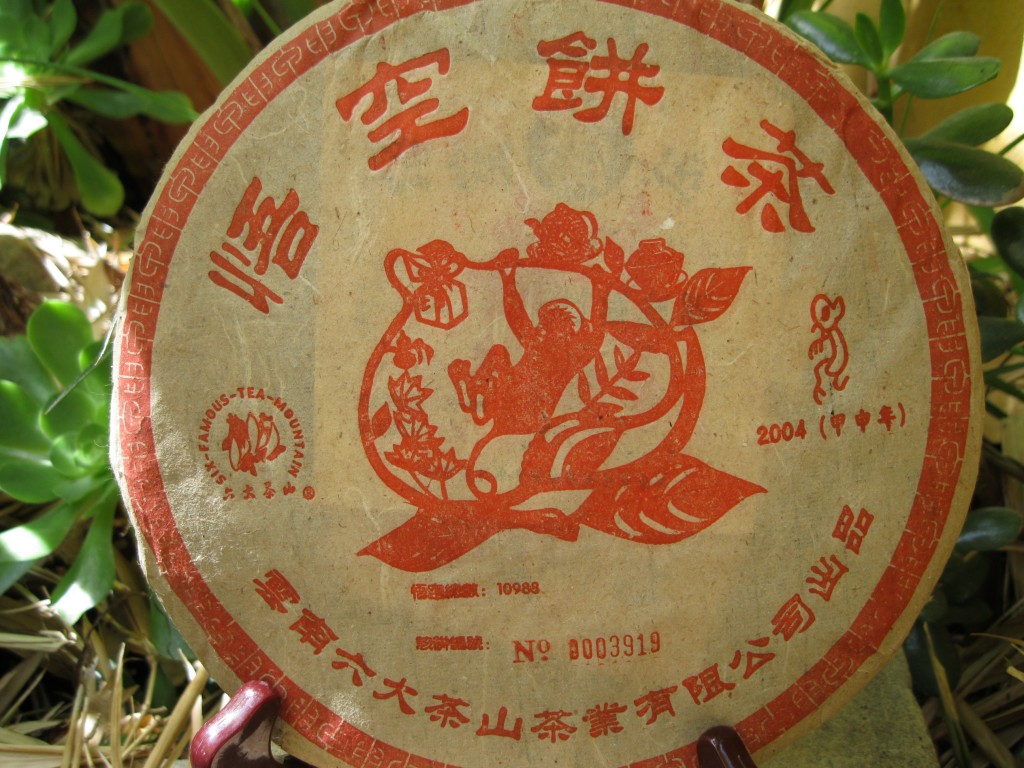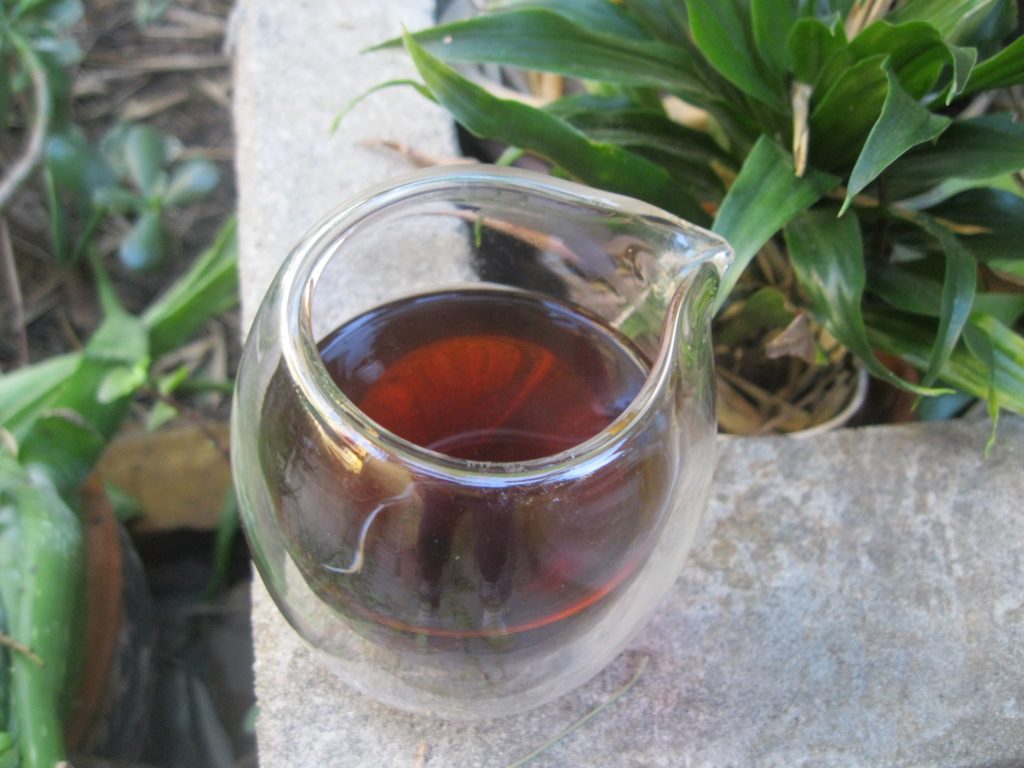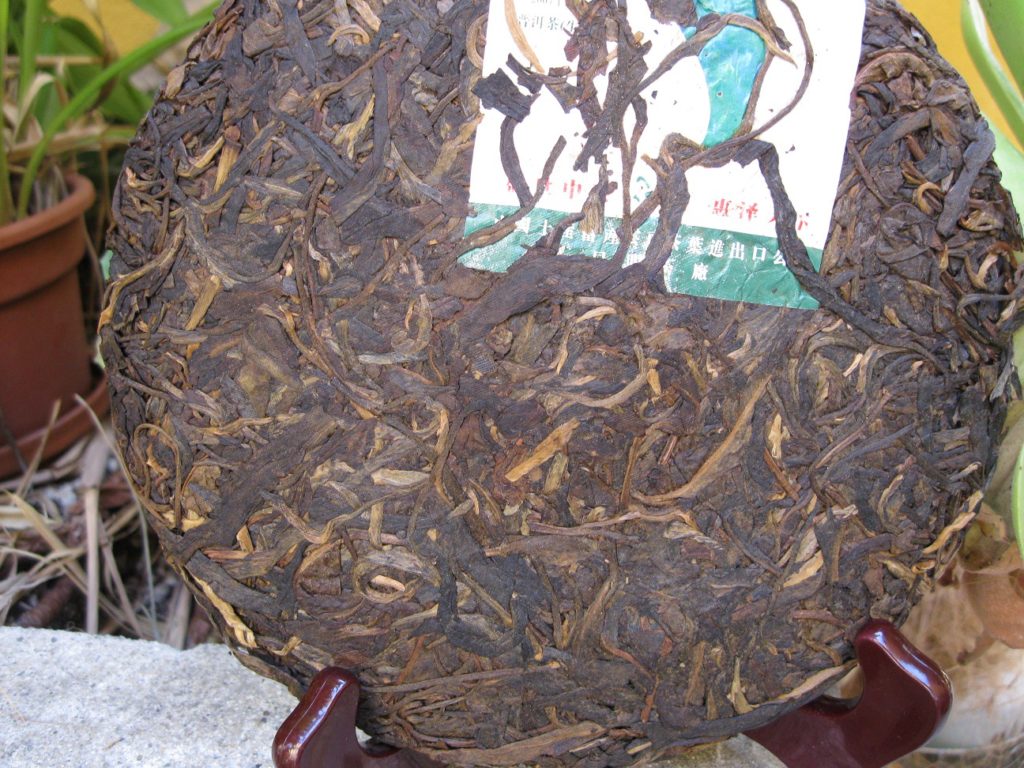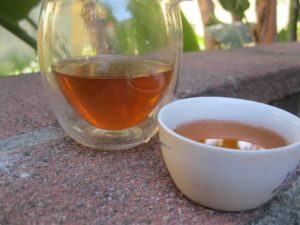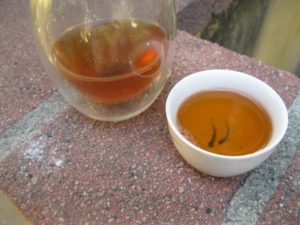Puerh Rating: Da Hu Zhai
The Puerh Junky Rating System (PJRS) takes on the ’14 Da Hu Zhai. This eastern Lincang production expresses intensely optimistic fruit notes characteristic of the region. This production comes from a boutique vendor who deals exclusively with the eastern Lincang region.
After three rounds the total was as follows:
- Aroma 10
- Clarity 14
- Sweetness 12
- Viscosity 8
- Astringency 13
- Huigan 10
- Qi 7
Reflections
Initially, the Puerh Junky suffered great pensiveness regarding whether the Da Hu Zhai had been process in a fashion that aging would weaken it. However this is NOT the case, as it continues to get sweeter. The suspicion is well founded given how delicious it has been out the gate. Nonetheless, it’s getting better under moderately intense conditions and the prospects are quite exciting.
The PJRS finds the Da Hu Zhai to possess stellar clarity. Furthermore, that is backed up with just the slightest bit of astringency along with lots of stone fruit sweetness. At this stage, this puerh might already be slightly beyond what many newer drinkers are familiar with, but nothing that wouldn’t be welcomed. At the same time, it is something that experienced drinkers might be likely to dismiss due to youth.
As far as parallels are concerned, KMTF’s Jade Mark and “73” both from ’14 strike a similar bright, sweet, and optimistic note. As I understand, the “73” precedes the Menghai version of the 7542, the hallmark raw puerh recipe. Sweetness binds them. Single village offerings tend to be exquisitely crafted. Classic recipes appear thrown together. Classics also tend to NOT be terribly drinkable when young, and I’m wonder whether processing methods of even the classics aren’t changing due to the demand from younger, hipper drinkers.
Conclusions
Da Hu Zhai ingratiates the frilly drinker. Sometimes climatic concerns necessitate frilly drinking, so it’s not entirely your fault if you like this. Also, if you felt like sitting on something for 10-20 yrs, this puerh treasure seems to be a very good candidate given its development so far. Puerh Rating: Da Hu Zhai
74/105, B

